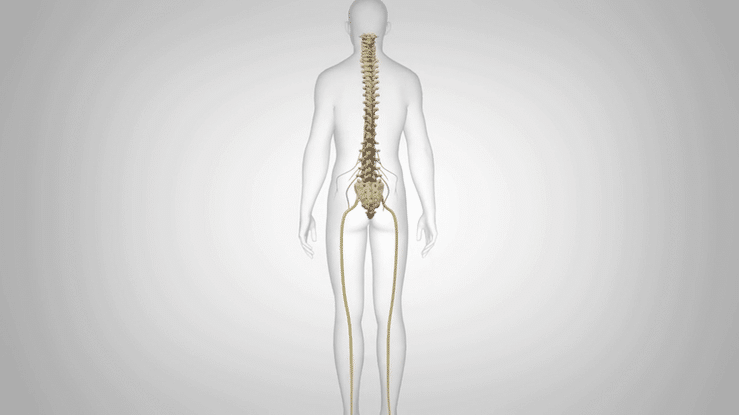
Cervical Radiculopathy
Cervical Radiculopathy refers to a constriction on nerve roots traveling through the vertebrae of the neck. This constriction compresses nerves traveling to the upper extremities causing neurological symptoms of the upper body. Patients may notice an increased clumsiness of the hands or weakness, but often these changes can go unnoticed until the time of diagnosis.

Cervical Radiculopathy
Cervical Radiculopathy refers to a constriction on nerve roots traveling through the vertebrae of the neck. This constriction compresses nerves traveling to the upper extremities causing neurological symptoms of the upper body. Patients may notice an increased clumsiness of the hands or weakness, but often these changes can go unnoticed until the time of diagnosis.
Cervical Myelopathy
Cervical myelopathy refers to a constriction on the spinal cord traveling through the vertebrae of the neck. This constriction also compresses nerves traveling to the upper extremities causing neurological symptoms of the upper body. Patients may notice an increased clumsiness of the hands or weakness, but often these changes can go unnoticed until the time of diagnosis.
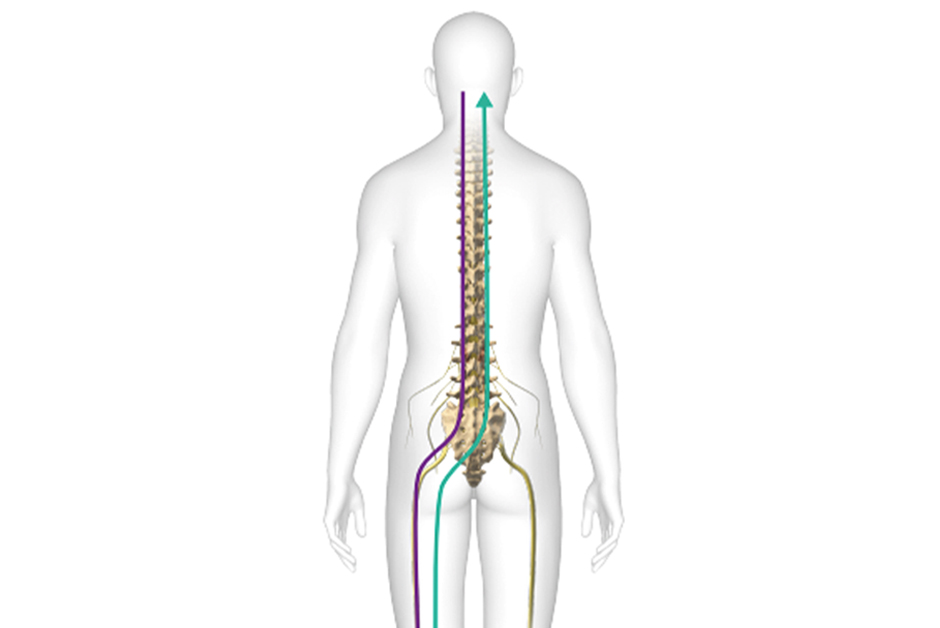

Cervical Myelopathy
Cervical myelopathy refers to a constriction on the spinal cord traveling through the vertebrae of the neck. This constriction also compresses nerves traveling to the upper extremities causing neurological symptoms of the upper body. Patients may notice an increased clumsiness of the hands or weakness, but often these changes can go unnoticed until the time of diagnosis.
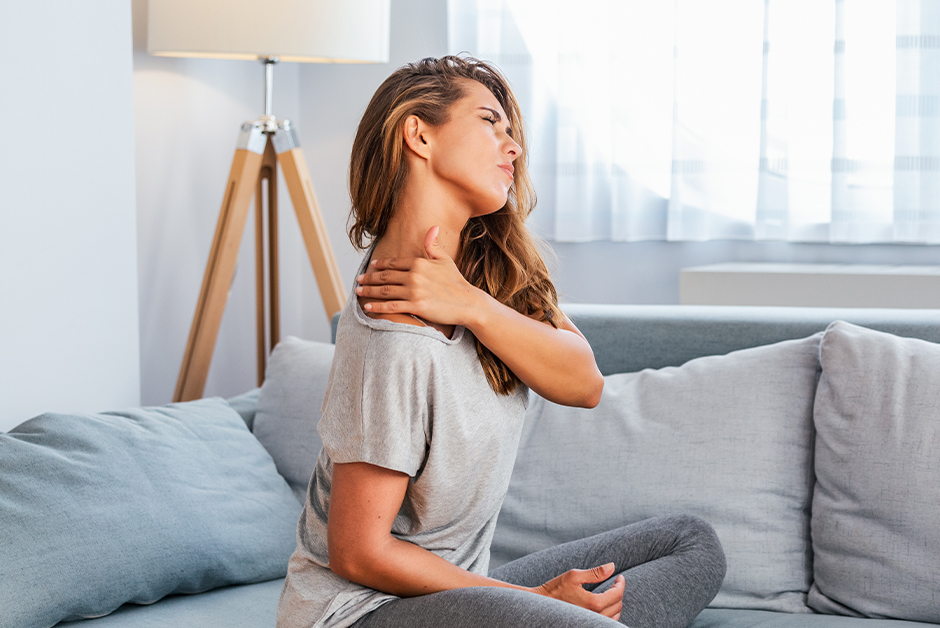
Acute Neck Pain
Acute neck pain typically develops after a strenuous or jarring event, but may also present without any clearly related activity. An acute episode lasts for up to six weeks in patients without a history of complaints to the affected region, and symptoms can vary significantly between patients.

Acute Neck Pain
Acute neck pain typically develops after a strenuous or jarring event, but may also present without any clearly related activity. An acute episode lasts for up to six weeks in patients without a history of complaints to the affected region, and symptoms can vary significantly between patients.




